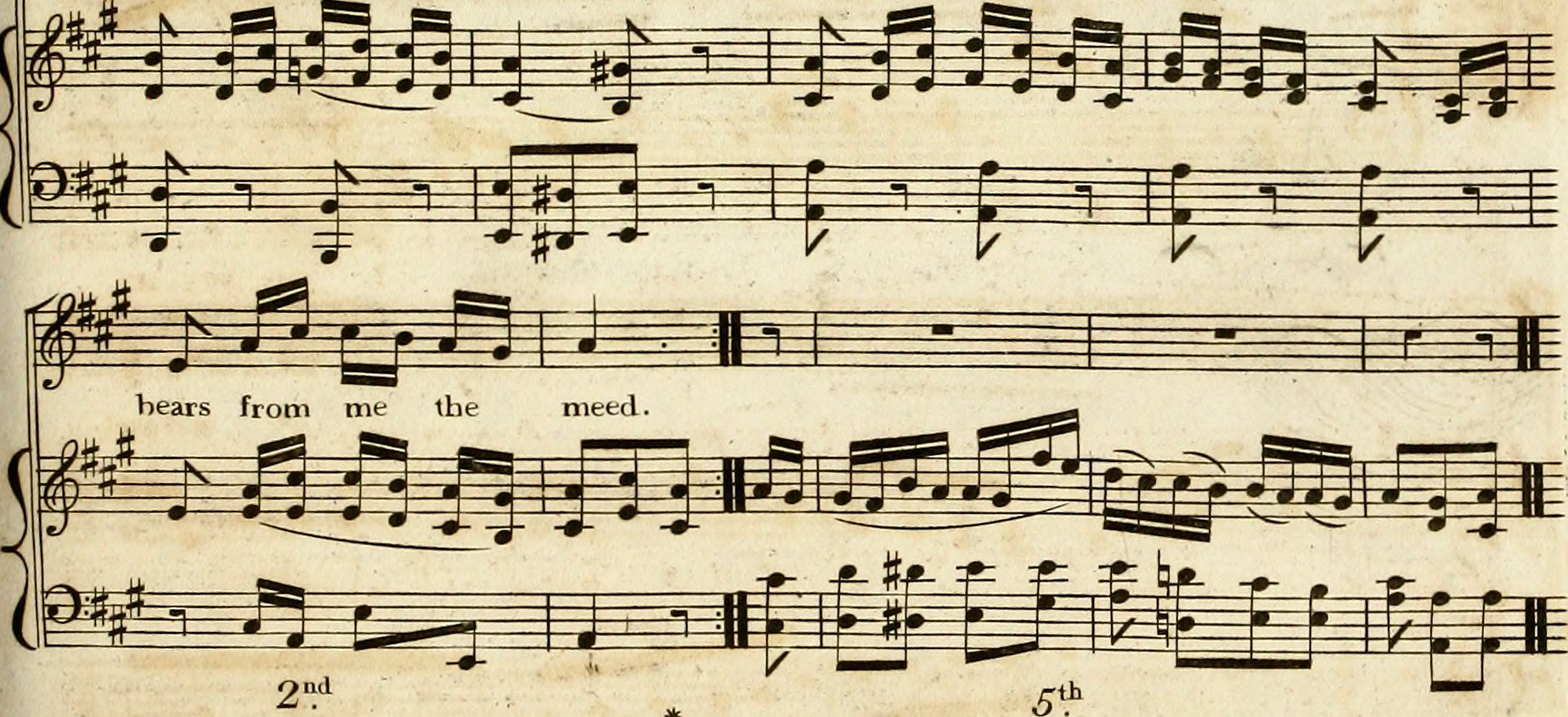Tonguing Definition
Tonguing is the technique used by wind instrument players in order to begin sounds and to separate one sound from the sounds that follow. Tonguing is not used when playing slurred notes.
Teach Me!
In the case of reed instruments, the tip of the tongue should be placed against the reed and quickly retracted in order to suddenly release the air pressure.
In the case of flutes and brass instruments, the tip of the tongue should be placed behind the upper teeth and retracted to produce the consonant “T” or “D”. This movement is called “tongue stroke”.
In really rapid passages, pairs of syllables can be used alternating one another: you usually alternate “Te” and “Ge”, which means that you alternate a stroke behind the upper teeth with a stroke on the soft palate. The resulting pattern is “te-ke-te-ke” or “de-ge-de-ge” and this is known as double tonguing. To play triplets more comfortably, you can use the pattern “te-ke-te-te-ke-te” or “te-te-ke-te-te-ke”, and this is called “triple tonguing." Finally, flutter-tonguing is a modern effect in music from the 20th century and it consists in rolling the tip of the tongue for a certain amount of time, pronouncing a long Italian “R” (which is a bit stronger than English “R”).
Check out a few of these musicians producing tonguing techniques!
Here is how to do a flutter tongue on the flute!
Learn about double-tonguing from the principal clarinetist of the Baltimore Symphony!
Learn about triple tonguing from an Interlochen teacher!
Now, practice with some really good books available, unique to your instrument!
History of tonguing
Until the second half of 1600, most of the written pedagogy of tonguing was contained in books relating the improvisation of diminution: diminution consisted in changing music, making it more difficult and virtuosic, thus requiring rapid tonguing.
The Italian Tradition
During this period the most important sources were Italian and were well developed: there were explanations of double tonguing which was used for expressive reasons other than for speed. They tried to use tonguing as well to imitate vocal pronunciation and articulation of sound.
We should mention the following theorists: Silvestro Ganassi (1492-1565), Girolamo Cardano (1501-1576), Girolamo Dalla Casa (c. 1543-1601), Riccardo Rognoni (c. 1550-1620), Francesco Rognoni Taeggio (after 1550-1626): they suggested single tonguing for slower notes and compound tonguings for faster notes.
For hard tonguing they suggested this pattern: “te-ke-te-ke”; for a less hard tonguing they suggested “te-re-te-re”; and for a sweet tonguing they suggested “le-re-le-re”. Of course we are referring again to Italian R, which, as said before, is stronger than the English one.
Even after that period, wind players tongued almost all the notes except, sometimes, the trills, until the 18th century.
The French and German Tradition
In the French tradition of that time, we don’t have mention of so many syllables: the most used were “tu” and “ru”. These syllables were abandoned as the Italian style entered into the French tradition.
After that, two different approaches developed. The first one still used the syllables. For instance, in Germany, Joachim Quantz (1697-1773) suggested varying the single tonguing, choosing between the syllables “ti” and “di”. “Di-ri” and “ti-ri” were suggested for moderate fast pacing and the double tonguing “did’ll” was suitable for the fastest passages.
The German Johann George Tromlitz (1725-1805) suggested the use of the vowel “a”; the French Antoine Mahaut (1729-1785) intermixed tongued and slurred notes, mentioning what is now a common pattern, that is the “two slurred-two tongued” pattern. For double tonguing he agreed with Quantz.
François Devienne (1759-1803) used the pattern “dougue-dougue” for double tonguing, which reminds the Italian “te-che-te-che”.
This kind of double tonguing has been widely used among trumpet players: the Italian Girolamo Fantini (1600-1675) suggested “te-ghe-the-ghe”; the German Georg Daniel Speer (1636-1707) suggested “dikedank” or “dikedikedank”; the German Johann Ernst Altenburg (1734-1801) suggested “kitikiton” and “tikitikiton”; finally the Scottish John Gunn (c. 1765-c. 1824) suggested “teddy” or “tiddy”.
Doodle Tonguing
The doodle tonguing is a particular style of tonguing developed during the last century especially for trombone players. It is lighter than double tonguing and, if done with a delicate touch, can help even in uncomfortable legato passages. While the use of doodle tonguing is not so widely known in classical music, learning it can be useful to extend a musician’s palette of articulations and pronunciations. While adopted mostly by trombone players, doodle tonguing can be learned by every wind player in order to have another tool to lighten their articulation.
Conclusion
Even if every instrument has its different ways of tonguing, I might suggest to you some current materials which deal very well with instrumental problematics, including tonguing.
This book is really well done, and is referred to French horn players:








